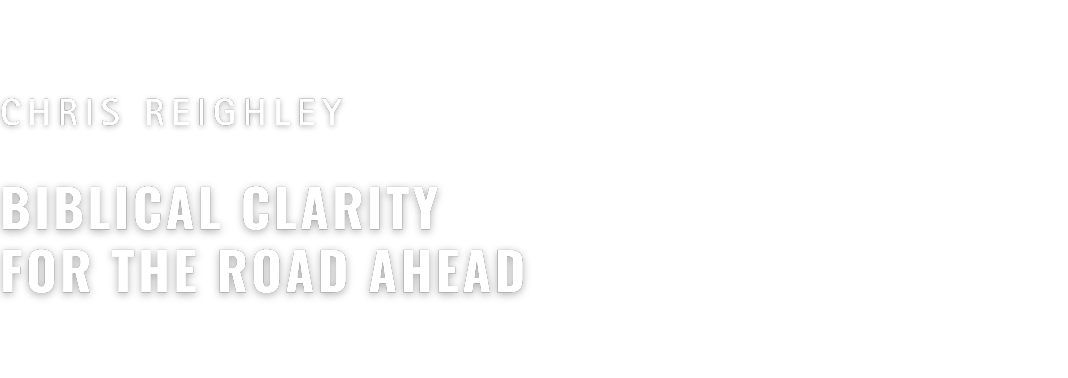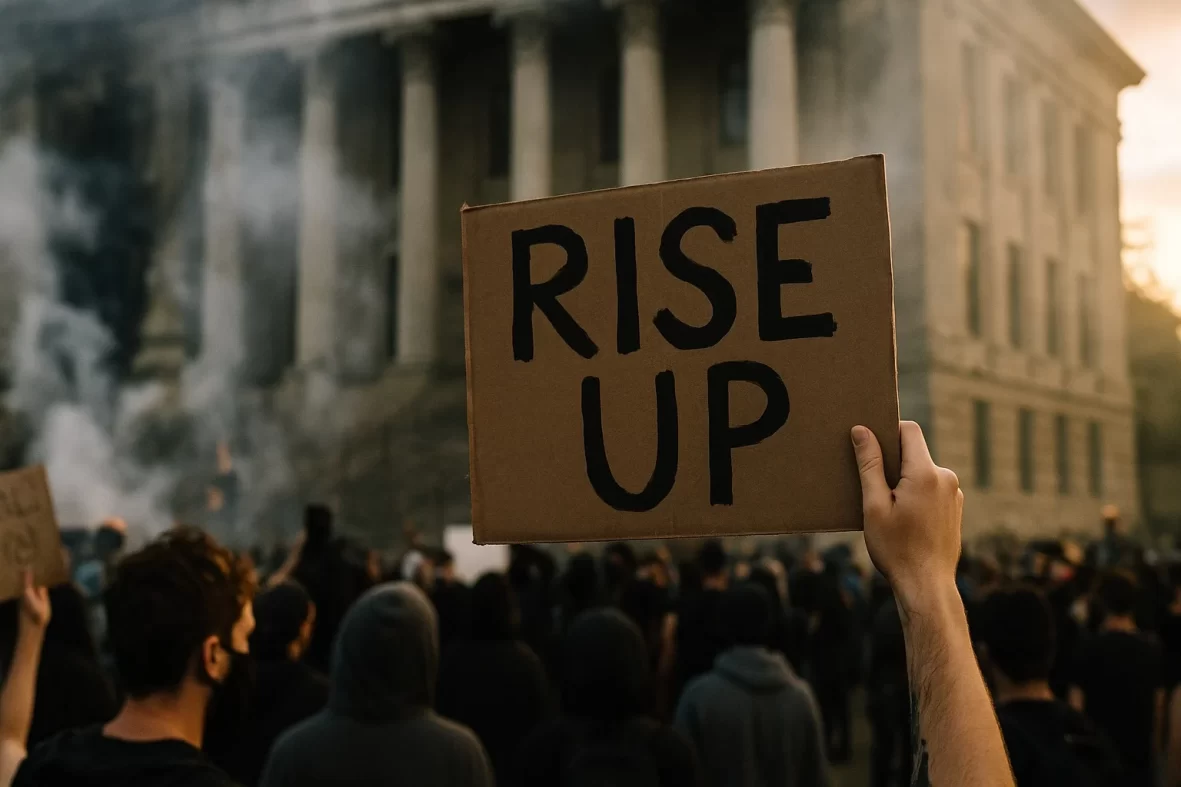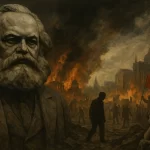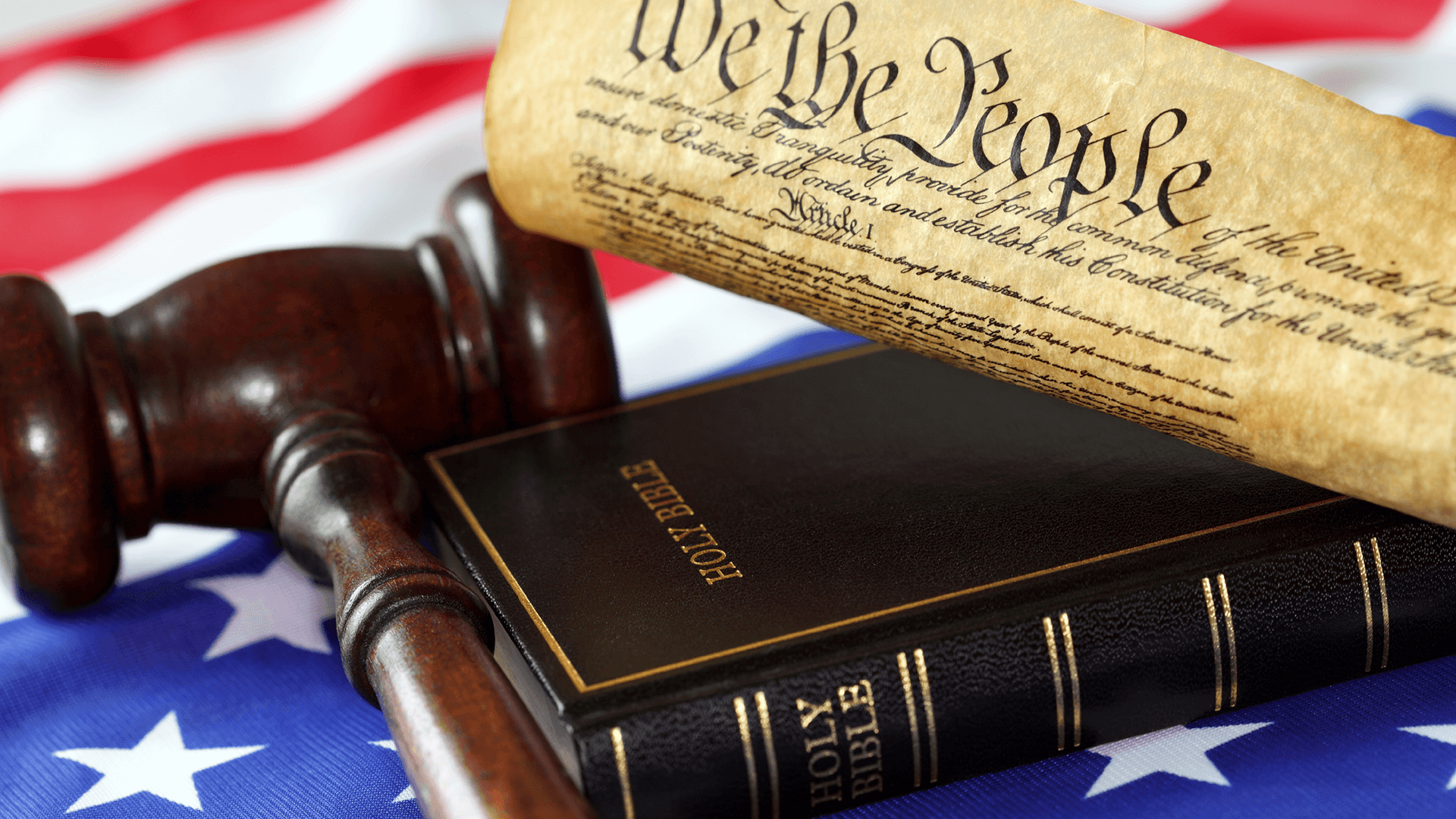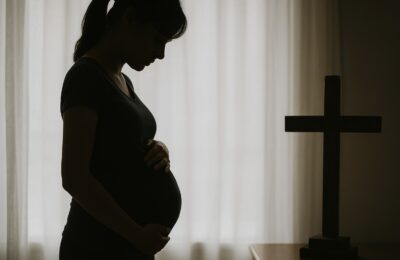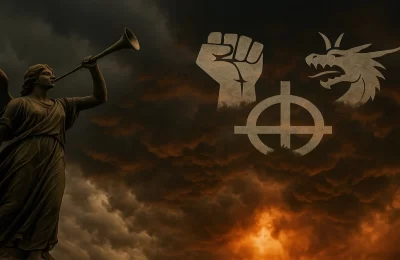Part 1 of the Series: Critical Theory, the End Times, and the Christian Response
Introduction: The Hospital of Hurt Feelings
Imagine entering a hospital with a life-threatening disease. You’re weak, frightened, and desperate for a cure.
But instead of diagnosing your illness, the doctors gather around, nod sympathetically, and say,
“We won’t impose any oppressive notions like disease or health on you. Instead, we’ll affirm whatever you feel is happening.”
They offer no medicine, no surgery, no healing—only affirmation.
You walk out the same, only sicker.
This is the spirit of Critical Theory: it offers sympathy without truth, affirmation without transformation, and liberation without salvation.
It is a false gospel for a world already broken by the true problem of sin.
About This Series
This article is the first installment in our series Critical Theory, the End Times, and the Christian Response.
Throughout this series, we will explore the deep roots of Critical Theory, its spiritual and prophetic significance, and how Christians must live faithfully in the midst of cultural deconstruction.
Each part builds toward a practical and hopeful vision for courageous, biblical living today.
To view all parts of the series, please visit the Series Page
Defining Critical Theory: A Gospel of Liberation
Critical Theory is more than an academic discipline. It is a totalizing worldview that seeks to explain all human experience through the lens of power dynamics—defining life by oppressors and oppressed.
Developed by thinkers from the Frankfurt School in the 1930s (Horkheimer, Adorno, Marcuse), Critical Theory expanded classic Marxism (economic class struggle) into a sweeping cultural analysis (Horkheimer, 1982).
It reframed oppression across every human structure:
- Men vs. Women
- White vs. Nonwhite
- “Cisgender” vs. LGBTQ+ [^1]
- Christians vs. Secularists
Key idea:
All traditional structures—family, religion, nationhood, gender—are seen as oppressive systems that must be dismantled.
Critical Theory offers salvation, but it is salvation through social revolution, not through redemption by Christ.
It proclaims, not “You are a sinner in need of grace”, but “You are a victim in need of empowerment.”
Historical Timeline: How Did We Get Here?
| Date | Event |
|---|---|
| Mid-1800s | Karl Marx proposes class struggle as the key to historical change. |
| 1930s | Frankfurt School reframes Marxism culturally: from economy to education, family, and religion. |
| 1960s | Herbert Marcuse spreads Critical Theory into American universities through the concept of “repressive tolerance.” |
| 1980s–2000s | Critical Race Theory, Queer Theory, Gender Theory emerge and spread through academia. |
| 2010s–Today | Critical Theory becomes mainstream: education, corporations, media, government, and churches. |
(Adapted from Trueman, 2020; Lindsay & Pluckrose, 2020.)
Why Critical Theory Is So Attractive
At first glance, Critical Theory sounds compassionate:
- It champions the marginalized.
- It opposes perceived injustice.
- It promises liberation from suffering.
In a world groaning under the curse of sin (Romans 8:22), its promises resonate deeply with hurting people.
But Critical Theory makes a fatal error:
It misdiagnoses the disease.
- The Bible teaches the fundamental human problem is sin (Romans 3:23).
- Critical Theory claims the fundamental problem is systemic oppression.
Thus, it offers the wrong cure: political revolution instead of spiritual regeneration.
It is a false gospel, leading not to freedom but to deeper bondage.
The Biblical Diagnosis: Sin, Not Structure
Scripture offers a radically different explanation for human brokenness:
- Genesis 3 — Humanity’s rebellion against God introduces death, disorder, and alienation.
- Romans 5:12 —“Therefore, just as through one man sin entered into the world, and death through sin, and so death spread to all men, because all sinned…” (LSB).
- Ephesians 2:1–3 — We are dead in our trespasses and sins, enslaved not by social systems but by our own fallen nature and the power of the evil one.
Critical Theory treats symptoms, not the cause.
It rearranges the chairs on a sinking ship without addressing the hole below the waterline.
Only Christ can heal what Critical Theory merely renames.
Critical Theory as the Spirit of Deception
Paul warns in Colossians 2:8:
“See to it that there is no one who takes you captive through philosophy and empty deception, in accord with the tradition of men, in accord with the elementary principles of the world, and not in accord with Christ.” (LSB)
Critical Theory is precisely this captivity:
- Rooted in human tradition rather than divine revelation
- Masked as compassion, but void of salvation
- Offering empowerment, yet delivering despair
It is philosophy without Christ — and thus, a philosophy without hope.
Reflection: A New Babel for a New Age
Critical Theory echoes the Tower of Babel (Genesis 11):
- Humanity unites not under the authority of God, but to assert autonomy over truth, identity, and morality.
- Today’s Babels are built not from bricks but from ideas — stacked ever higher toward heaven in defiance of God’s design.
- But just as before, these towers will crumble before the judgment and mercy of the true King.
The spirit of Babel never died. It simply learned new words.
Practical Application: Christians in a Captive Culture
- Discernment: Learn to recognize Critical Theory’s deceptive vocabulary — words like “equity,” “deconstruct,” “cisgender” — and test them by Scripture.
- Biblical Grounding: Fill your mind and heart with Scripture daily (Psalm 119:11) so that you are not easily swayed.
- Gospel-Centered Engagement: Point others not to political revolutions but to the Redeemer who alone sets captives free (Luke 4:18).
- Courageous Love: Love those trapped in deception without affirming their false hopes. Speak truth boldly, wrapped in compassion.
Remember:
A counterfeit gospel cannot heal a broken world. Only Christ crucified and risen can.
Reflection Questions
- Where do you see Critical Theory’s influence most strongly in today’s institutions or conversations?
- Why is it vital to distinguish between Critical Theory’s view of oppression and the Bible’s diagnosis of sin?
- How can you prepare yourself to speak biblical truth compassionately but without compromise?
References
Horkheimer, M. (1982). Critical theory: Selected essays (M. J. O’Connell, Trans.). Continuum. (Original work published 1972)
Lindsay, J., & Pluckrose, H. (2020). Cynical theories: How activist scholarship made everything about race, gender, and identity—and why this harms everybody. Pitchstone Publishing.
Trueman, C. (2020). The rise and triumph of the modern self: Cultural amnesia, expressive individualism, and the road to sexual revolution. Crossway.
The Holy Bible. (2021). Legacy Standard Bible. Three Sixteen Publishing. https://read.lsbible.org/
Footnotes
[^1]: The term “cisgender,” coined by Critical Theory advocates, refers to individuals whose gender identity matches their biological sex at birth. However, Scripture teaches that male and female are not assignments but divine creations (Genesis 1:27; Matthew 19:4). Christians should use the term only descriptively, recognizing the false assumptions it carries.
Glossary: Key Terms for Understanding Critical Theory and the End Times

